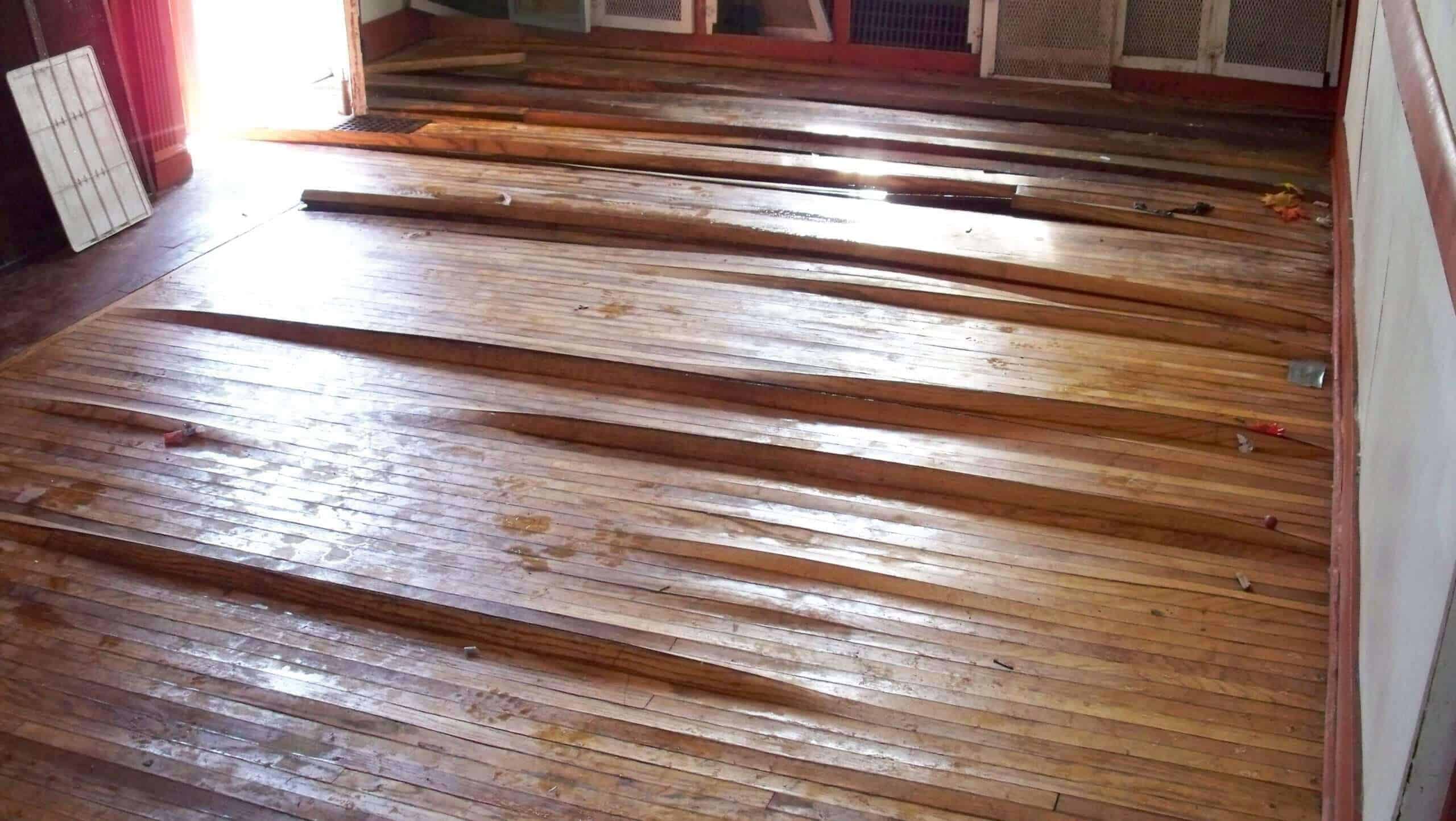Introduction:
Hardwood floors are a beautiful and durable flooring option that can add value and elegance to any home. However, they can also be susceptible to warping, which can make them unsightly and uncomfortable to walk on. Warped hardwood floors can be caused by a variety of factors, including moisture, temperature changes, and structural damage. Fortunately, there are several methods you can use to fix warped hardwood floors and restore them to their original beauty.

Image: phenergandm.com
Understanding the Causes of Warped Hardwood Floors:
- Moisture: Moisture is one of the most common causes of warped hardwood floors. When wood absorbs moisture, it expands. If the moisture is not evenly distributed, it can cause the wood to warp. This can happen if there is a leak in the roof or if the floor is not properly sealed.
- Temperature changes: Temperature changes can also cause hardwood floors to warp. When the temperature of the wood changes, it can cause the wood to expand or contract. This can lead to warping if the wood is not properly acclimated to the new temperature.
- Structural damage: Structural damage can also cause hardwood floors to warp. This can happen if the floor joists are damaged or if the subfloor is not properly supported.
Repairing Warped Hardwood Floors:
Depending on the severity of the warping, there are several methods you can use to fix warped hardwood floors.
Buckling Warped Hardwood Floors:
- Dehumidify the area: If the warping is caused by moisture, the first step is to dehumidify the area. You can do this by using a dehumidifier or by opening windows and doors to let the moisture escape.
- Remove the warped planks: Once the area is dehumidified, you can remove the warped planks. To do this, use a pry bar to gently lift the planks up. Be careful not to damage the surrounding planks.
- Replace the warped planks: Once the warped planks are removed, you can replace them with new planks. Make sure the new planks are the same size and species as the old planks.
- Sand and refinish the floor: Once the new planks are installed, you need to sand and refinish the floor. This will help to blend the new planks with the old planks and give the floor a uniform appearance.

Image: floorcarekits.com
Cupping Warped Hardwood Floors:
- Sand the floor: If the warping is caused by temperature changes, you can sand the floor to remove the high spots. To do this, use a belt sander or a random orbital sander. Be careful not to sand too deeply, as this can damage the floor.
- Refinish the floor: Once the floor is sanded, you need to refinish it. This will help to protect the floor from further damage and give it a new shine.
Bowing Warped Hardwood Floors:
- Replace the floor joists: If the warping is caused by structural damage, you may need to replace the floor joists. To do this, you will need to remove the flooring and the subfloor. Once the floor joists are replaced, you can install new flooring and subflooring.
- Install a moisture barrier: If the warping is caused by moisture, you can install a moisture barrier under the floor. This will help to prevent moisture from reaching the wood and causing it to warp.
How To Fix Warped Hardwood Floors
Conclusion:
If you have warped hardwood floors, don’t despair. There are several methods you can use to fix them and restore them to their original beauty. By following the tips in this article, you can get your hardwood floors looking their best again.